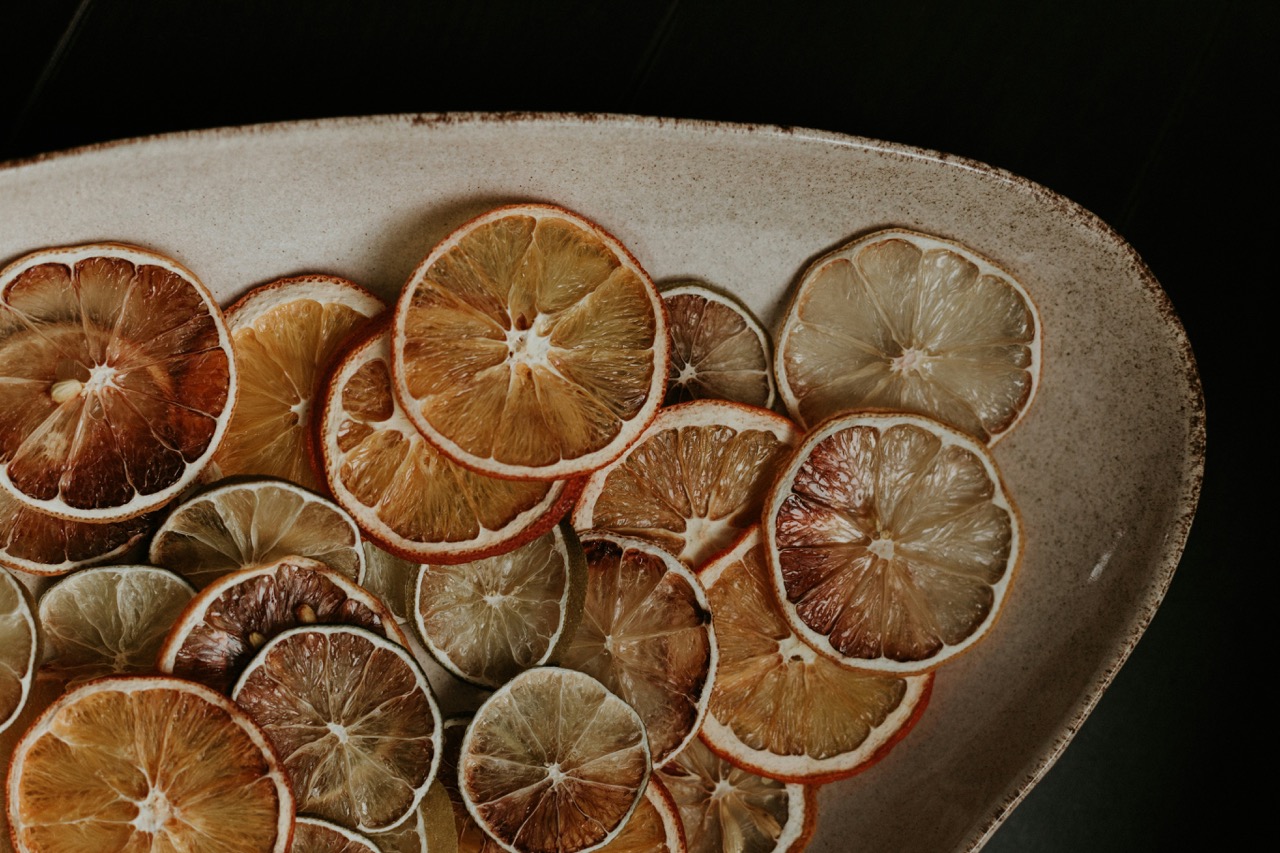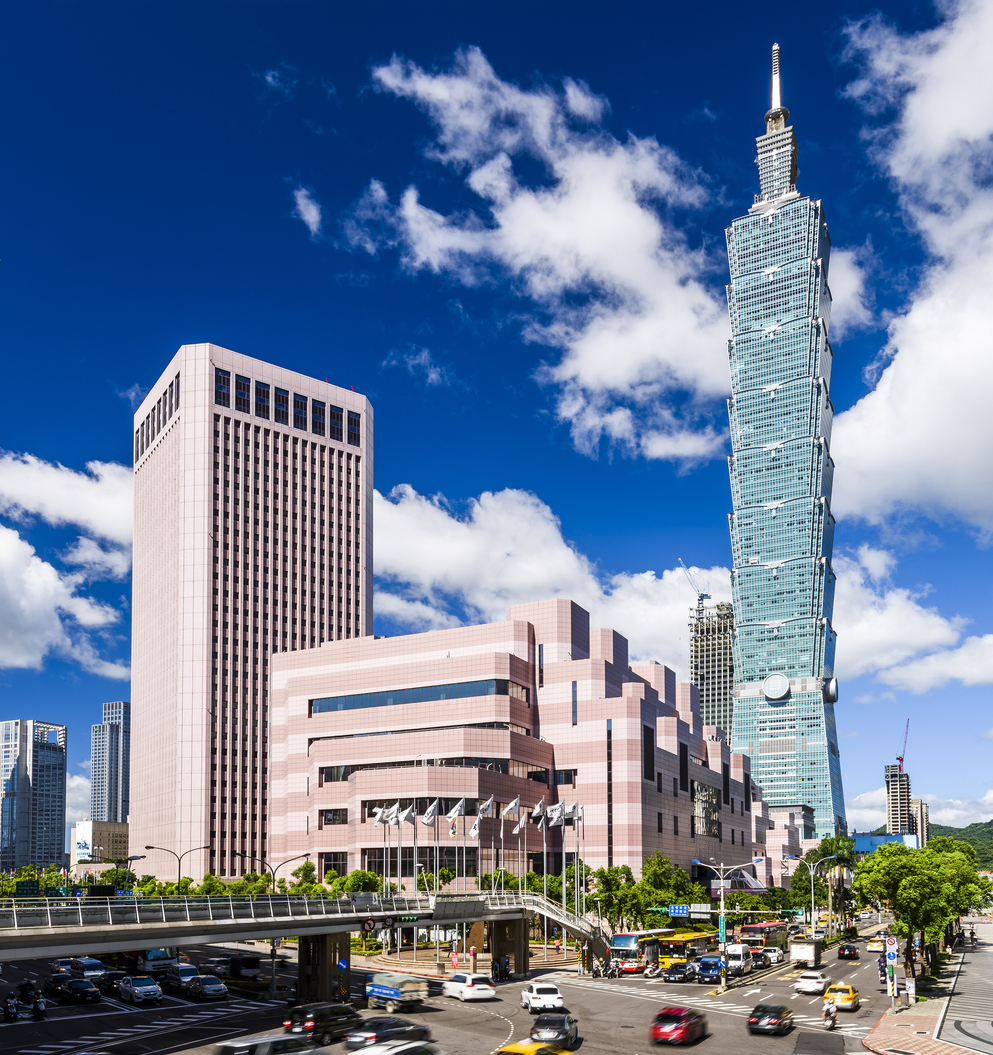Author Chih Yi Chen
Photographer Yu Zhan Preserved Fruit Shop, James Wu, Super Taste, Nvidia
Renowned for its year-round abundance of fresh fruit, Taiwan has a long-standing tradition of fruit preservation that originated as a practical solution to prevent waste and extend shelf life. Over time, this necessity evolved into a creative culinary art, resulting in a beloved sweet treat. Known as “mìjiàn” in Mandarin and “kiâm-sng-tiⁿ” (meaning “salty, sour, and sweet”) in Taiwanese, preserved fruits are an essential part of Taiwan’s snack culture, blending delightful flavors with deep cultural roots.
The Origins of Preserved Fruits
In the past, Taiwan’s bountiful fruit harvests often led to surplus produce that spoiled quickly, posing a challenge to early settlers. To preserve the fruit, they developed methods such as salting, sugaring, and sun-drying. Taiwan’s prominence as a major sugar producer further encouraged the refinement of sugaring techniques, which not only extended the fruit’s shelf life but also enhanced its flavor.
The term “mìjiàn (蜜餞)” originates from ancient China, where honey was the primary sweetener. Early preservation methods used honey to cure or ferment fruits. During the Han Dynasty, the cultivation of sugarcane in southern China introduced sucrose (known as “石蜜, shimi”), which gradually replaced honey as the main sweetening agent. This innovation marked the beginning of modern sugar-preserved fruits, and the name “mìjiàn” has been used ever since.
Taiwan’s Signature Preserved Fruits
- Dried Mango and Guava (芒果乾、芭樂乾): Made from Taiwan’s naturally sweet and juicy fruits, these treats are sugared and dried to perfection, resulting in glossy, non-sticky snacks with an intense aroma and delightful taste.
- Flavor Plums (風味梅): Sugar-cured and steeped in concentrated syrup, these plums are lightly translucent and exude a rich, fruity fragrance.
- Golden Kumquat Preserves (蜜金棗): These sugar-cooked kumquats, often infused with herbal flavors, are lightly coated with sugar crystals. Not only are they a tasty snack, but they also serve as a traditional remedy for soothing sore throats.
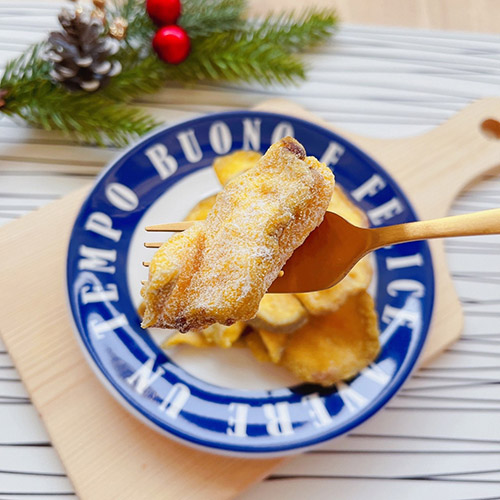
The Legacy of Taiwan’s Historic Preserved Fruit Shops
Taiwan is home to several century-old preserved fruit businesses, with Yong Tai Xing (永泰興蜜餞行) in Tainan’s historic Anping district (台南安平區) being one of the most iconic. Founded over a century ago by Lin Yin, a Zhejiang native, the shop uses traditional sun-drying techniques and locally sourced fruits to create snacks renowned for their exceptional flavor and texture.
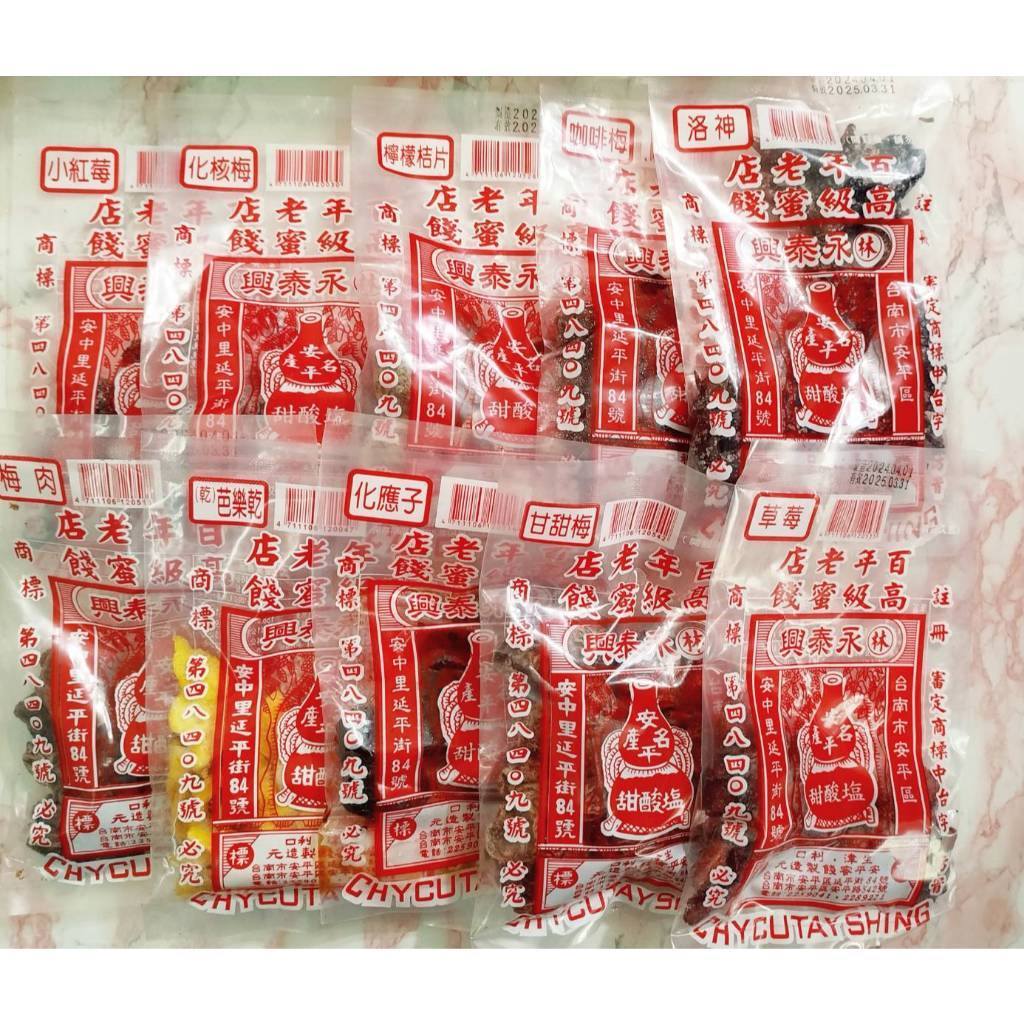
Another historic gem is Lao Zeng Shou (老增壽蜜餞行) in Yilan (宜蘭). Originally a traditional Chinese medicine shop, it became famous for its kumquat syrup, marketed as a natural remedy for coughs. Its popularity inspired a variety of kumquat-based treats, transforming the business into a household name for preserved fruits.
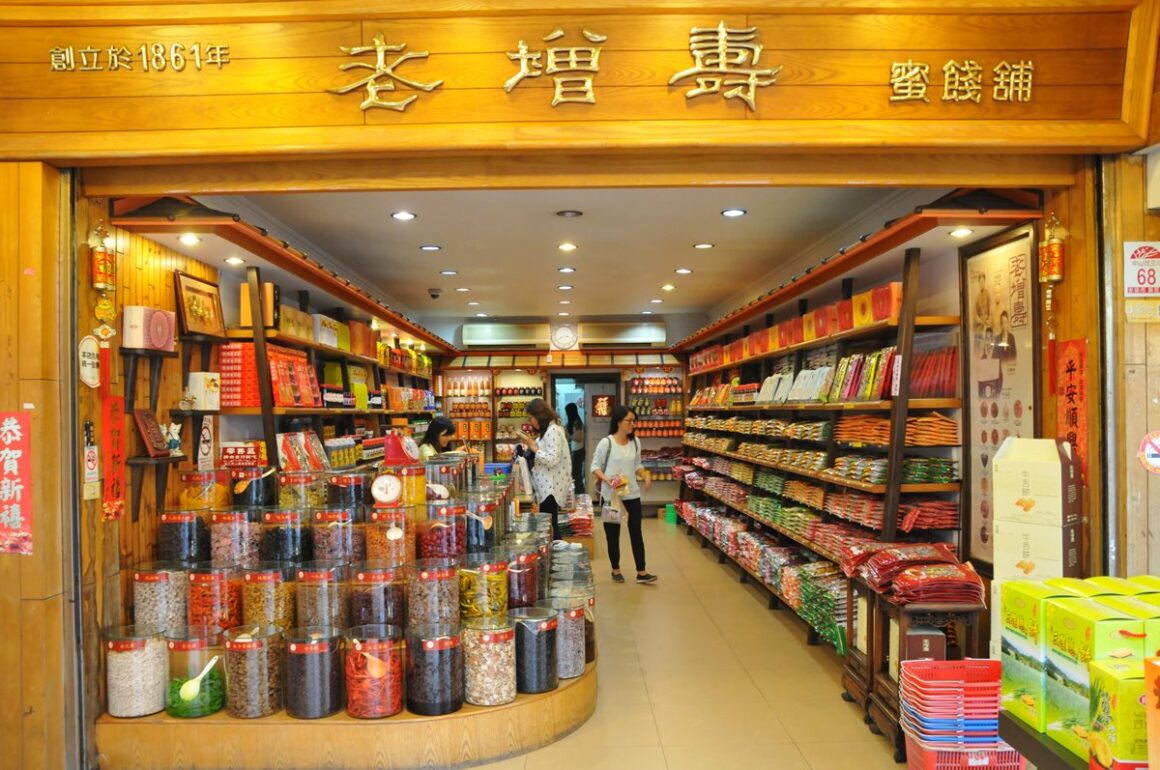
Preserved Fruits in Everyday Life

In Taiwan, preserved fruits are a staple during Lunar New Year celebrations, filling bustling markets as popular gifts and snacks. They’re equally cherished on casual occasions, whether accompanying a movie night or offered as a thoughtful treat for guests. Even Jen-hsun Huang (黃仁勳), the celebrated founder of NVIDIA, is a fan. During his 2024 visit to Taiwan, he stopped by the renowned Yu Zhan Preserved Fruit Shop (展譽蜜餞行) in Taipei’s Siping Commercial Market (台北四平商圈) to purchase classic specialties like dried Irwin mangoes (愛文芒果), mountain plums, and dried pineapple. These snacks, made from Taiwan’s finest fruits, are a must-buy souvenir for tourists.
A Reflection of Life in Every Bite
The harmonious blend of salty, sour, and sweet in preserved fruits offers more than just a flavor experience—it’s a metaphor for life’s highs and lows. As the saying goes, without the salty and sour, one cannot truly appreciate the sweet. These humble treats encapsulate Taiwan’s culture and wisdom, evoking nostalgic childhood memories for many.
Whether enjoyed as a comforting snack or shared as a gift to showcase Taiwan’s unique flavors, preserved fruits remain a cherished part of the island’s cultural and culinary heritage.

